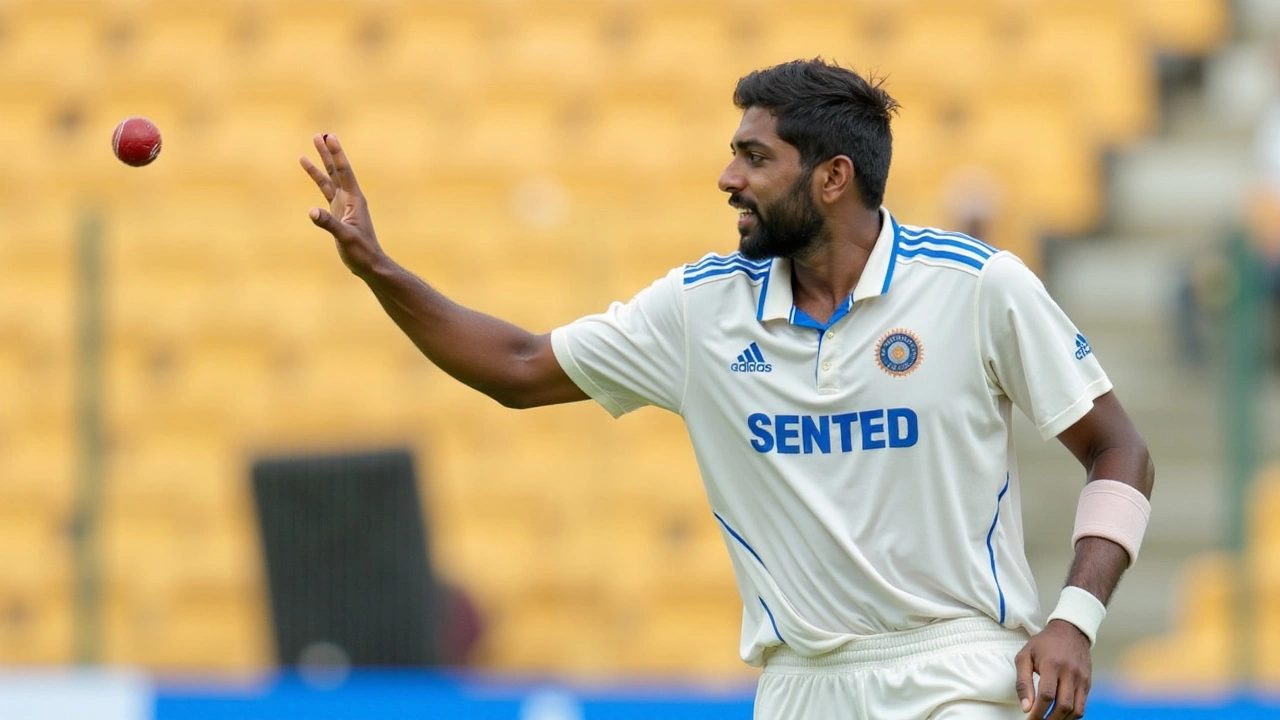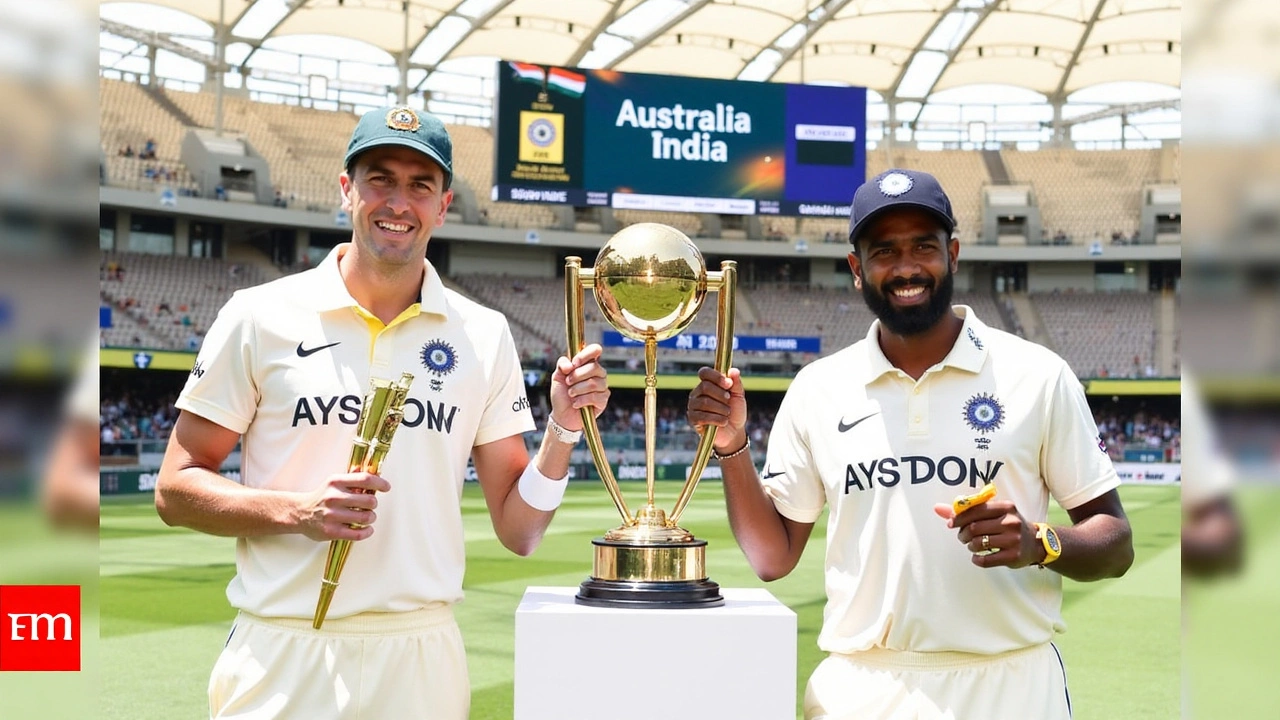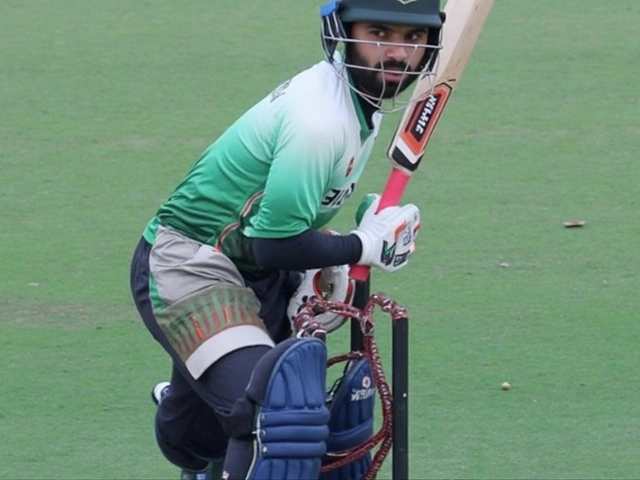The Rise of Fast Bowlers as Cricket Captains
In the traditionally conservative world of cricket, the captaincy has often been reserved for batsmen or all-rounders, who are typically perceived as having the required tactical acumen and mental fortitude. However, two prominent figures, Jasprit Bumrah and Pat Cummins, are challenging this age-old perception by taking on the leadership mantle for their respective national teams and proving that fast bowlers can indeed excel as captains. Although unconventional, this shift is exciting, heralding a potential new era in cricket where the influence of fast bowlers extends beyond just their physical prowess on the field.
Bumrah's Journey to Captaincy
Jasprit Bumrah’s rise to the captaincy of the Indian Test team marks a significant milestone in the evolution of fast bowlers in leadership roles. Initially brought into the fold as captain during the Edgbaston Test against England when regular skipper Rohit Sharma was sidelined due to Covid-19, Bumrah embraced the leadership role with enthusiasm. He welcomed the responsibilities, acknowledging that his natural inclination towards strategic planning, underpinned by his focus on precision and data-driven decision-making, could indeed translate into effective leadership. Bumrah has consistently demonstrated an unwavering confidence and self-belief, derived from playing under illustrious mentors like MS Dhoni, Virat Kohli, and Rohit Sharma. His ability to manage his workload effectively as captain dispels the myth that fast bowlers might struggle with the dual demands of leadership and pace bowling.
Cummins' Experience as Captain
Pat Cummins’ journey since assuming the captaincy of the Australian Test team after Tim Paine's unexpected exit following a sexting scandal highlights a similar narrative of breaking stereotypes. As Cummins stepped up during the 2021-2022 Ashes series, the cricketing world watched with keen interest as he navigated both the tactical and physical demands of the dual role. Leading the team in over 28 Test matches, Cummins has demonstrated that fast bowlers possess the strategic insight and composure needed for successful leadership. With his wealth of experience and the support of a senior leadership group, Cummins learnt to balance his roles effectively, taking about 10 Tests to truly settle into his stride as a captain.
Historical Context and the Potential for New Trends
While uncommon, the concept of fast bowlers as captains is not entirely without precedent. In the past, legends like Wasim Akram and Courtney Walsh had briefly taken on similar roles. More recently, Tim Southee of New Zealand joined Pat Cummins in showing that pacers can excel in captaincy roles. These instances, although sporadic, hint at the possibilities of nurturing fast bowlers into leadership roles, a notion that both Bumrah and Cummins hope to popularize further. They envision a trend where budding fast bowlers are encouraged not only to focus on enhancing their physical skills but also to develop the strategic and mental facets of the game, preparing themselves for potential leadership opportunities.
The Challenges and Learning Curve
Captaining a major cricketing nation is coupled with immense pressure and expectation. For fast bowlers, this challenge is augmented by the physical demands of their primary role. Jasprit Bumrah has candidly addressed concerns about over-exerting himself, emphasizing his unique ability to regulate his workload when he holds the captaincy. Similarly, Pat Cummins has acknowledged the initial challenges he faced, particularly during his first 10 matches. However, both captains have underscored the importance of adaptability, willingness to learn, and drawing from past experiences, all of which are pivotal in overcoming the learning curve associated with their dual roles.

Outlook for the Future
The prospect of more fast bowlers stepping into leadership roles is promising not only for the individual players but for the evolution of cricket as a whole. Bumrah and Cummins' successes may very well inspire the next generation to reject traditional boundaries and embrace the potential for a more inclusive and diverse approach to captaincy. Their journeys signify the importance of personalized leadership styles, encouraged by experience and adaptability rather than mere replication of predecessors. Whether this marks the start of a definitive trend remains to be seen, but the contributions of Bumrah and Cummins pave the way for future discussions on the evolving dynamics of cricket leadership.



